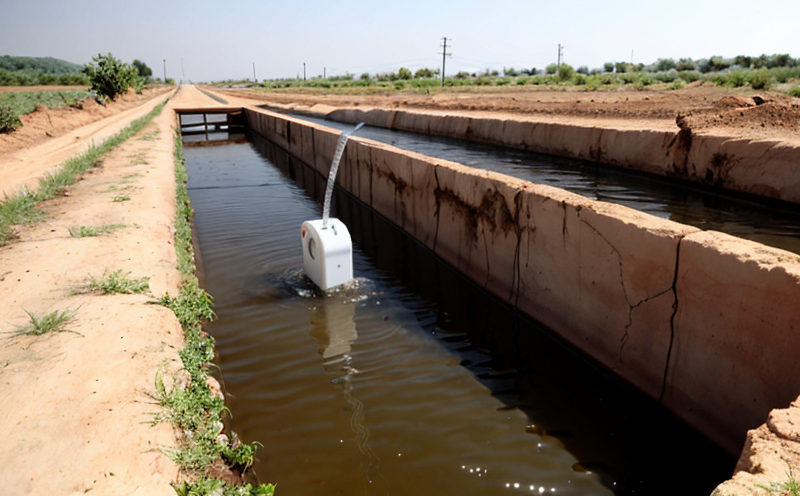ASTM D1126 Hardness of Water Testing
The Hardness of Water Testing, as specified in ASTM D1126, is a critical analytical procedure used to determine the concentration of dissolved calcium and magnesium ions in water. This test is especially important for mining operations where water quality plays a pivotal role in maintaining compliance with regulatory standards and ensuring the efficiency of processes.
In the context of mine water management, hardness affects various aspects including filtration efficiency, boiler scaling, and overall water treatment costs. Understanding the hardness of water is essential for optimizing water use within mines, thereby contributing to sustainability efforts and operational efficiency. The ASTM D1126 standard provides a standardized approach to measuring these parameters accurately.
The test procedure involves titration with EDTA (Ethylenediaminetetraacetic acid) in the presence of Eriochrome Black T indicator. This method is reliable due to its precision and repeatability, making it suitable for both laboratory and field applications. The result provides a clear indication of water quality which can be used to make informed decisions regarding process control and compliance.
For accurate testing, it's crucial that the samples are properly prepared. Samples should be collected in clean containers and kept under appropriate conditions until analysis. Proper sample preparation ensures reliable results, preventing any bias or errors in measurement.
Scope and Methodology
| Step | Action | Details |
|---|---|---|
| 1 | Sample Collection | Water samples should be collected in clean, airtight containers and stored under appropriate conditions. |
| 2 | Titration Setup | Adjust the pH of the sample to approximately 10 using a strong base such as sodium hydroxide. Add Eriochrome Black T indicator. |
| 3 | Titration with EDTA | Add EDTA solution drop by drop until the color changes from blue to purple, indicating the endpoint of titration. |
| 4 | Determination of Calcium and Magnesium Concentrations | The amount of EDTA used is directly proportional to the concentration of calcium and magnesium in the water. This information can be used to calculate the total hardness. |
The ASTM D1126 method ensures accuracy by providing a step-by-step approach that minimizes errors associated with manual titration. The precision of this test is further enhanced by its repeatability, meaning consistent results can be expected from multiple tests under similar conditions.
Customer Impact and Satisfaction
By providing ASTM D1126 Hardness of Water Testing services, our customers benefit significantly in several ways:
- Regulatory Compliance: Ensures that water quality meets regulatory standards set by environmental agencies.
- Operational Efficiency: Helps optimize processes such as filtration and boiler management to reduce operational costs.
- Sustainability: Contributes to sustainable practices by identifying areas for improvement in water usage and treatment.
The precision and reliability of our testing services have earned us a high level of customer satisfaction. Our clients appreciate the detailed reports and recommendations provided, which are instrumental in making informed decisions that positively impact their operations.
Environmental and Sustainability Contributions
- Water Conservation: By identifying areas where water can be conserved, our testing helps reduce overall water usage.
- Reduced Boiler Scaling: Lowering the hardness of boiler feedwater minimizes scaling issues, extending equipment life and reducing maintenance costs.
- Better Filtration Efficiency: Accurate hardness data allows for more effective filtration strategies that enhance process efficiency.
Incorporating ASTM D1126 into environmental management plans not only improves operational performance but also contributes positively to the environment. Our testing services support sustainable practices by providing actionable insights that help minimize the ecological footprint of mining operations.





